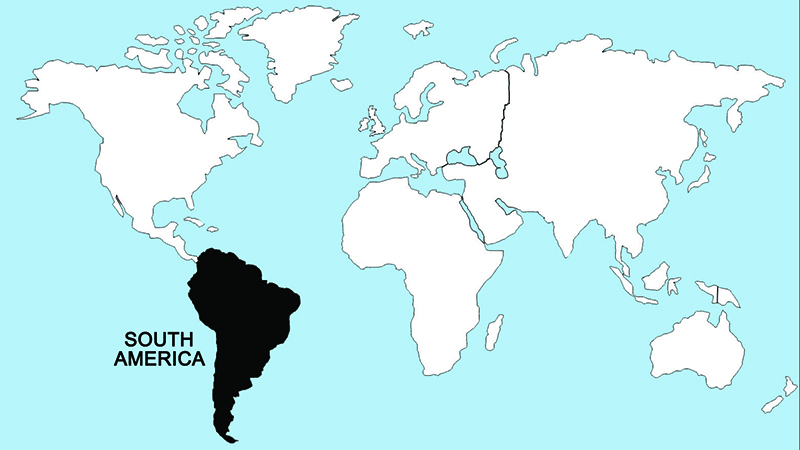Andean [Upland] Sheldgoose
![Andean [Upland] Sheldgoose](/data/images/appliedecology/madsonbird/andean-upland-sheldgoose.jpg)
This species is the most abundant of all the sheldgeese, and some flocks must be enormous. These flocks move around considerably according to the local food supplies, and strongly compete with sheep flocks. Where they are extremely abundant, their excrement may drive sheep away, and on some sheep estancias in Tierra del Fuego as many as 75,000 eggs have been reported destroyed in a single year. On the Falkland Islands, flocks of up to 100 birds are commonly seen.
In Chile, nesting occurs during November, but in the Falkland Islands it may extend from early August to late November, with most activity between mid-September and late October. Chilean nests have been found scattered indiscriminately over the countryside but usually are near water, while in the Falkland Islands the nests are typically placed among ferns or other herbaceous vegetation. The usual clutch size is 5–8 eggs, and incubation by the female requires 30 days. Males remain near the nest at this time and shortly after hatching the young are led to water. A nine- to ten-week fledging period for this species on the Falkland Islands has been reported. By late December, adults have begun their molt and become flightless, and at that time the birds move near the seacoast.
![Andean [Upland] Sheldgoose](/data/images/appliedecology/madsonbird/andean-upland-sheldgoose-draw.png)
Regions Birds Are Found

Collection Location & Year
Argentina 2000
Taxonomy
| Order | Anseriformes |
|---|---|
| Family | Anatidae |
| Tribe | Tadornini |
| Species | Chloephaga |
| Genus | picta |
Gender
Female & Male
References
- Johnsgard, P. A. 1978. Ducks, Geese and Swans of the World. Lincoln, NE: Univ. of Nebraska Press.
- Elliot, A., J. del Hoyo, J. Sargatal, and C. Imboden, eds. 1992. Handbook of Birds of the World. Vol. 1 (Ostriches to Ducks). Barcelona, Spain: Lynx Editions.
- Kear, J. 2005. Ducks, Geese and Swans. London, UK: Oxford University Press.